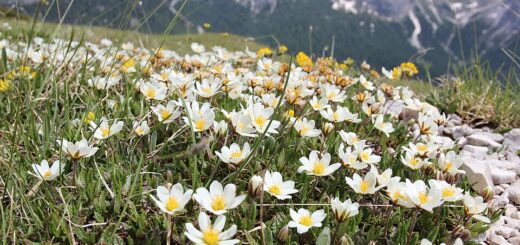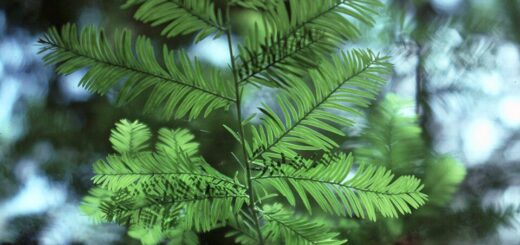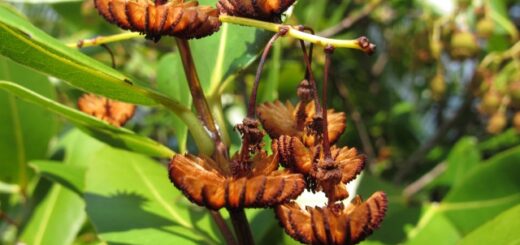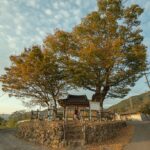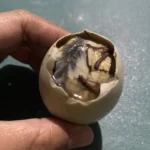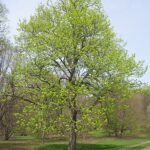Japanese Zelkova Tree – The Graceful Giant
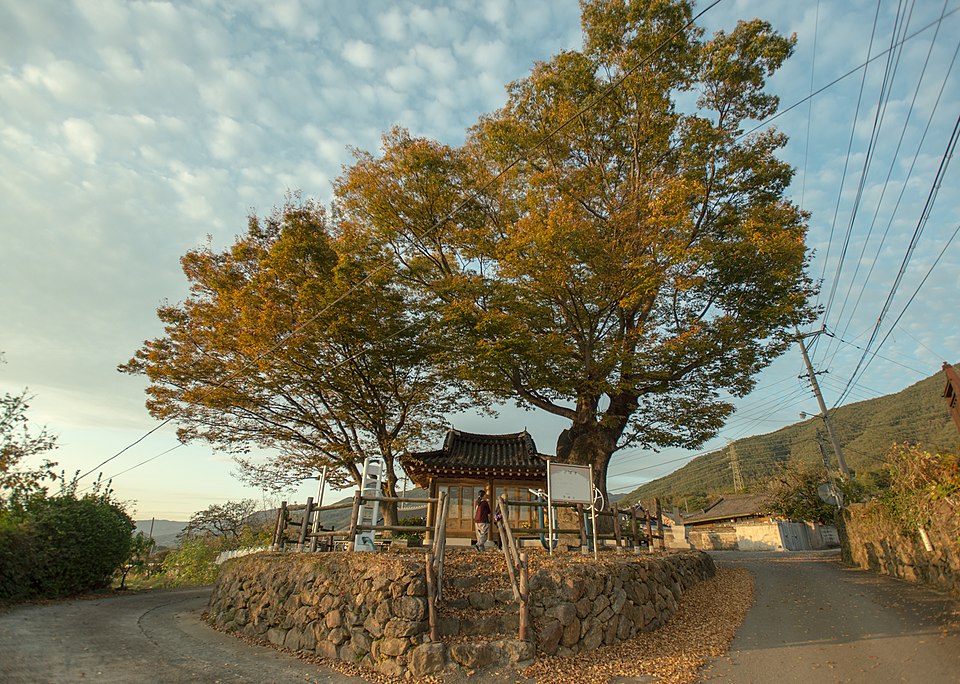
Beneath the rising sun of Japan, amidst temple grounds, city avenues, and ancient woodlands, grows a tree both stately and serene—the Japanese Zelkova (Zelkova serrata). A cousin of the elm, yet with a character all its own, the Zelkova is cherished for its graceful shape, resilience, and storied heritage.
A Tree With a Legacy
Native to Japan, Korea, eastern China, and Taiwan, the Japanese Zelkova has been part of East Asian landscapes for centuries. In Japan, it is often planted along streets or in parks, thanks to its elegant form and tolerance of urban pollution. Its Japanese name, Keyaki (欅), carries cultural weight—appearing in poetry, architecture, and spiritual tradition.
Historically, Zelkova wood was prized by artisans. Strong yet easy to work with, it found its way into temple pillars, traditional furniture, and even samurai weaponry.
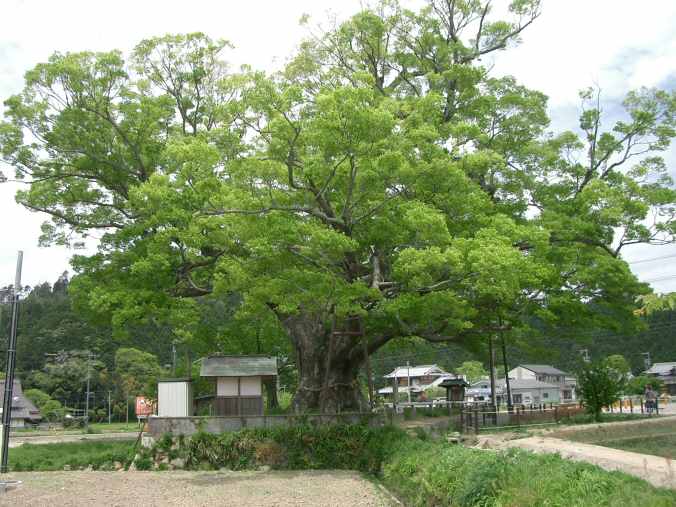
Noma Keyaki, an about-1000-year-old Japanese Zelkova (Zelkova serrata) – Creative Commons | Author: Miya – Source: https://commons.wikimedia.org/wiki/File:Zelkova_serrata_Noma_keyaki01.jpg
A Distinctive Beauty
The Zelkova’s appeal lies in its elegant, vase-like shape. It grows upright with a spreading crown, forming a rounded canopy of finely serrated leaves that turn vibrant shades of yellow, orange, and deep red in autumn. In spring and summer, its foliage is a rich, calming green, offering dappled shade and cool respite.
Its bark, smooth and gray when young, eventually exfoliates in patches, revealing a mosaic of orange, brown, and gray—a visual feast for tree lovers and photographers alike.
Strength in Simplicity
The Japanese Zelkova is not just beautiful—it’s tough. Resistant to Dutch elm disease, drought-tolerant, and relatively free from pests, it’s a tree that thrives where others falter. This resilience has made it a favored replacement for the American elm in many cities across the globe.
Zelkova in the Bonsai World
While the Zelkova can grow up to 100 feet in the wild, it’s also beloved in miniature. As a bonsai subject, it’s a favorite for both beginners and masters. Its small, dense leaves and natural taper make it ideal for detailed shaping, and its forgiving nature offers a gentle learning curve for those entering the art of bonsai.
How to Grow Your Own Zelkova
Thinking of adding a Zelkova to your garden or landscape? Here are some quick tips:
- Light: Prefers full sun but tolerates partial shade.
- Soil: Well-draining soil is best; loamy and slightly acidic to neutral.
- Water: Water regularly during the first few years. Once established, it’s drought-tolerant.
- Pruning: Best done in winter or early spring to maintain its shape and encourage strong branching.
A Living Symbol
In Japan, Zelkova trees often line the paths to shrines and temples, standing as silent guardians. They are seen as symbols of endurance, peace, and natural beauty. Whether growing tall in a forest or resting delicately in a ceramic pot, the Japanese Zelkova reminds us of nature’s quiet strength.
If you’re looking for a tree that combines elegance, strength, and cultural depth, the Japanese Zelkova might just be the perfect choice. Plant one, and you’re not just growing a tree—you’re inviting a piece of living history into your life.
References:
https://en.wikipedia.org/wiki/Zelkova_serrata

